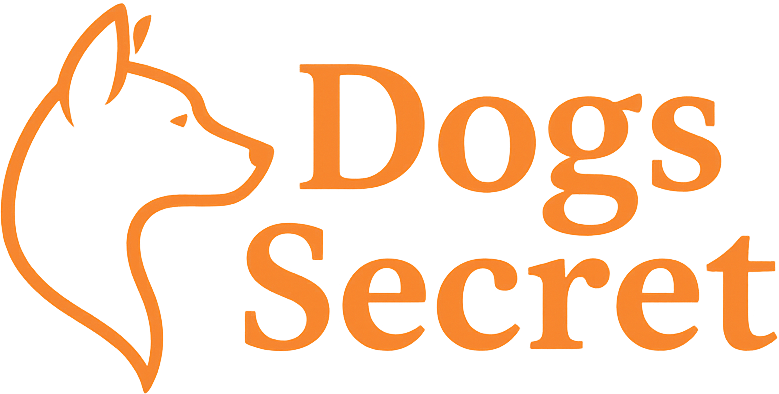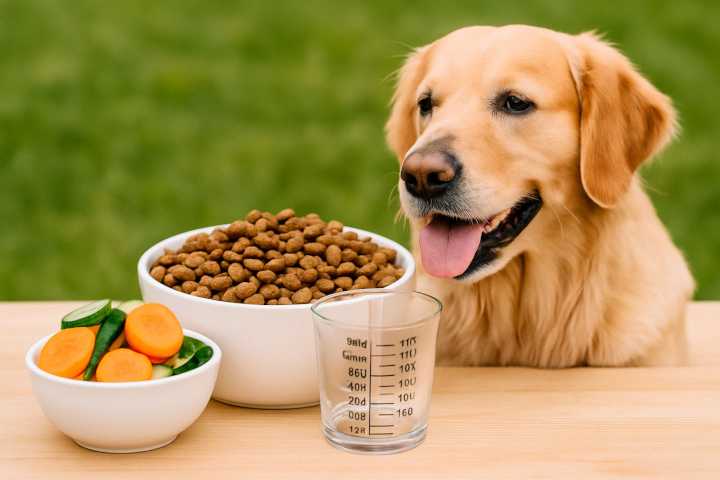How much should you feed your dog is a critical question that affects their health, weight, and overall well-being. Feeding your dog the right amount is just as important as choosing the right type of food. Too little can lead to malnutrition, while too much contributes to obesity, joint stress, and chronic disease.
So, how much should you feed your dog?
This guide breaks it down by weight, age, and activity level, with easy-to-follow charts and tips to ensure your dog stays happy, healthy, and properly nourished.
Why Portion Control Matters
Overfeeding is one of the most common mistakes in dog care. It can lead to:
- Obesity and joint problems
- Diabetes and heart disease
- Shortened lifespan
- Behavioral issues (lethargy or begging)
- Digestive discomfort
A properly portioned diet keeps your dog’s weight, energy, and digestion in balance.
Puppy Feeding Guidelines
Puppies grow fast and need more calories per pound than adults.
Puppy Weight | Daily Food (kcal) | Meals/Day |
|---|---|---|
2–5 lbs | 150–250 | 4 |
5–10 lbs | 250–400 | 3–4 |
10–20 lbs | 400–700 | 3 |
20–40 lbs | 700–1200 | 3 |
40–60 lbs | 1200–1600 | 3 |
60–100 lbs | 1600–2500 | 3 |
✅ Feed puppy-formulated food
✅ Adjust based on breed size (large breeds need slower growth)
✅ Switch to adult food around 12 months (or 18 months for large breeds)
Adult Dog Portion Guide
Feeding is usually split into two meals per day for adults. Use your dog’s ideal weight (not current weight if overweight) to determine portions.
Adult Weight | Calories/Day | Dry Food (Cups/Day)* |
|---|---|---|
5 lbs | 200–250 | ~½ cup |
10 lbs | 275–350 | ~¾–1 cup |
20 lbs | 500–600 | ~1½–1¾ cups |
40 lbs | 800–1000 | ~2¼–2¾ cups |
60 lbs | 1100–1350 | ~3¼–3¾ cups |
80 lbs | 1400–1700 | ~4½–5 cups |
100 lbs | 1700–2000+ | ~5½–6½ cups |
*Based on typical kibble with 350 kcal per cup. Always check your dog food’s calorie content and adjust accordingly.
Factors That Affect Portion Size
- Activity level – Working or very active dogs need more calories
- Breed – Some have faster metabolisms (e.g., Border Collies vs. Bulldogs)
- Spay/neuter status – Fixed dogs may have slower metabolism
- Body condition score – Adjust portions if underweight or overweight
- Health conditions – Always follow vet guidance for medical diets
Senior Dog Portion Tips
Older dogs are often less active and need fewer calories, but high-quality protein and joint support are still essential.
- Feed twice daily
- Reduce calories by 10–20% if activity level drops
- Consider a senior formula with added glucosamine, fiber, and lower fat
Wet Food vs. Dry Food Portions
Wet food has fewer calories per gram due to higher moisture content.
- Always check the feeding chart on the label
- Wet food is usually measured in grams or cans/day
- Adjust if feeding a mix of wet and dry
How to Measure Dog Food Accurately
✅ Use a measuring cup or food scale
✅ Feed based on kcal per day, not just cups
✅ Split into 2–3 meals for better digestion
✅ Monitor body weight monthly
Tip: Keep a feeding log to track amounts and any changes in weight or energy.
Signs You’re Feeding the Wrong Amount
Too much:
- Weight gain
- Soft or excessive stool
- Lethargy
Too little:
- Visible ribs or spine
- Low energy
- Constant begging despite quality food
Conclusion
Final Thoughts on How Much Should You Feed Your Dog
Feeding your dog the right amount requires a balance of science, observation, and adjustment. Use feeding charts as a guide—but always tailor portions to your dog’s lifestyle, health, and body condition.
Need a printable feeding calculator or weekly meal log? Visit our Dog Feeding Planner Toolkit for free downloads and portion planning guides.

